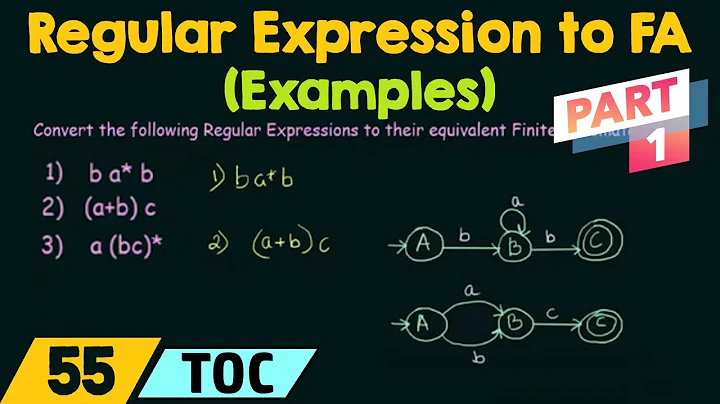Master Scoreboard Display: Learn How to Showcase Your Scores!
Table of Contents
- Introduction
- Understanding Command Blocks
- Activating Command Blocks
- Using Scoreboards
- Putting Scoreboards into Practice
- Setting up Scoreboard Values
- Using Tellraw Commands
- Organizational Abilities of Command Blocks
- Next Steps: Test for Execute Any Data Operations
- Conclusion
Understanding Command Blocks
In this episode of Slash Help SC, we will dive deeper into command blocks and how to use them effectively. If you haven't watched the previous episodes on activating command blocks and using scoreboards, feel free to catch up using the provided links in the video description. Scoreboards are an essential aspect of command blocks, and in this episode, we will focus on putting them into practice. But before we move forward, let's briefly recap what command blocks and scoreboards are.
Activating Command Blocks
In the previous episodes, we learned how to activate command blocks. Command blocks are essential tools in Minecraft that allow players to execute commands automatically. By activating them, players can create a series of actions or events in the game. If you're unfamiliar with activating command blocks, make sure to watch the first episode for a detailed explanation.
Using Scoreboards
Scoreboards play a crucial role in command block mechanics. They help track and display various scores and values within the game. Scoreboards can be used to monitor players' achievements, health points, levels, and many other aspects of the game. If you missed the second episode, where we covered scoreboards and their importance, make sure to check it out before proceeding.
Putting Scoreboards into Practice
Now that we have a solid understanding of command blocks and scoreboards, it's time to put them into practice. In this episode, we will explore how to set up scoreboard values and use telraw commands effectively.
Setting up Scoreboard Values
To begin, we'll set up scoreboard values for specific objectives tied to armor stands. In this example, we have two armor stands named Pikachu and Meowth, representing different Pokémon characters. Through a chain of command blocks, we will assign score values to these armor stands for various objectives such as level, attack, defense, and HP.
The first command block will set the score value of 5 for the "level" objective to Pikachu. We will utilize the scoreboard players set command and specify the score value and the armor stand using the @e[type=armor_stand,name=Pikachu] selector.
In a similar manner, we can set score values for the other objectives like attack, defense, and HP for Pikachu and Meowth. Just make sure to use the correct scoreboard objective and armor stand names in your commands.
Using Tellraw Commands
To display the scoreboard values for the armor stands, we will make use of the tellraw command. The tellraw command allows us to create custom messages with specific formatting and display them in the game.
By combining the selector for the armor stand and the scoreboard objectives, we can create clear and concise messages showing the values of each objective for each armor stand. The minecraft.json.com website provides a useful tool to generate the tellraw command with proper formatting.
Organizational Abilities of Command Blocks
In this episode, we explore the organizational abilities of command blocks. By separating the command blocks related to scoreboard values and tellraw commands, we can have a more organized and readable command structure. This separation allows for better management and easier modifications in the future.
Additionally, we touch upon the possibilities of using other command strings like execute and testfor operations to further manipulate and utilize the scoreboard values. These advanced techniques can help create complex systems within the game, such as damage calculators or data operations.
Next Steps: Test for Execute Any Data Operations
In the upcoming episodes, we will delve into the vast capabilities of command blocks. Our next topic will focus on the testfor and execute operations. These operations allow players to test for specific conditions within the game and execute commands based on the results. We will cover how to apply these operations and manipulate scoreboards effectively.
Conclusion
Scoreboards are an essential tool in Minecraft command blocks. They provide a means to track and display vital information within the game. In this episode, we explored how to put scoreboards into practice, setting up scoreboard values for armor stands and utilizing the tellraw command to display those values. We also discussed the organizational abilities of command blocks and the possibilities of using advanced operations like testfor and execute. Stay tuned for the next episode, where we will continue our exploration of command blocks and scoreboards.
Highlights:
- Understanding the importance of command blocks and scoreboards in Minecraft.
- Setting up scoreboard values for armor stands using command blocks.
- Displaying scoreboard values using the
tellraw command.
- Exploring the organizational abilities of command blocks.
- Preview of the next episode: Test for execute any data operations.
FAQ:
Q: What are command blocks?
A: Command blocks are tools in Minecraft that allow players to execute commands automatically, creating various actions or events in the game.
Q: How do scoreboards work in Minecraft?
A: Scoreboards track and display different scores and values within Minecraft, such as player achievements, health points, and levels.
Q: How can I display scoreboard values in the game?
A: You can use the tellraw command to create custom messages with specific formatting and display them in the game.
Q: What are the next topics in the Slash Help SC series?
A: The next episode will cover testfor and execute operations, which allow players to test for specific conditions and manipulate scoreboards accordingly.
 WHY YOU SHOULD CHOOSE SaasVideoReviews
WHY YOU SHOULD CHOOSE SaasVideoReviews







